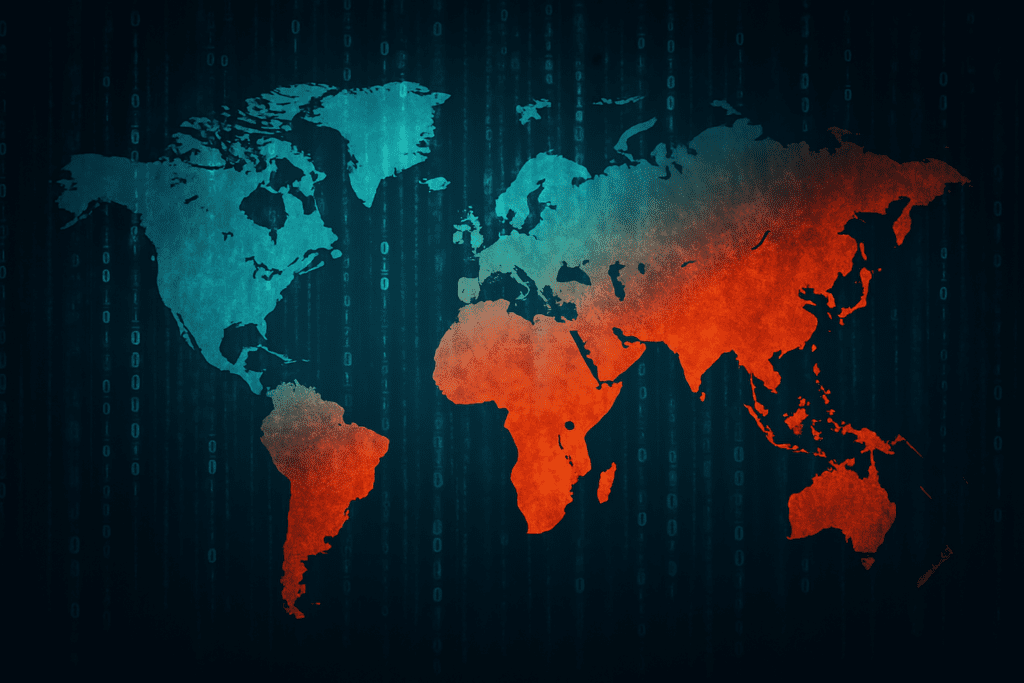
China, Russia and the Rise of Offensive Cyber Capabilities
Cyber warfare is no longer a futuristic concept. It is now a present-day reality. Countries like China and Russia are rapidly enhancing their offensive cyber capabilities. As a result, these developments influence global cyber security and reshape how modern military doctrine is defined.
China’s Expanding Cyber Arsenal
China has ramped up its cyber strength through the People’s Liberation Army Strategic Support Force (PLASSF). This unit focuses on cyber espionage and network attacks. Furthermore, these tactics are now part of China’s military strategy. Their goal is to disrupt enemy command and control systems.
In particular, cber groups allegedly linked to China, such as APT41 and Mustang Panda, have been implicated in high-profile cyber intrusions. They have targeted governments, infrastructure, and defense contractors across Asia, Europe, and North America.
Russia’s Doctrine of Cyber Disruption
Russia is known for hybrid warfare tactics. It often includes cyber operations as part of broader information warfare. For example, it has interfered in foreign elections and disrupted energy systems. Russian cyber units like APT28 (Fancy Bear) and Sandworm often carry out these actions under a veil of deniability.
Moreover, the Kremlin uses cyber attacks during both peace and conflict. Exercises like “Zapad” include cyber-attack simulations that disable communications and spread disinformation.
Doctrinal Shifts in Modern Warfare
Both China and Russia now view cyber capabilities as essential to national defense. Offensive cyber operations are treated like conventional weapons. They can cause psychological, economic, and military damage.
This evolution is pushing other nations to act. Consequently, they are revising their cyber doctrines, strengthening infrastructure, and joining groups like NATO’s Cooperative Cyber Defence Centre of Excellence (CCDCOE).
Conclusion
China and Russia continue to embed offensive cyber operations into their military strategy. As a result, the geopolitical stage is shaped more and more by digital conflict. For defense analysts and policymakers, understanding this shift is vital to adapting for the future.
See also our recent article on Australia’s Ghost Bat and autonomous drone warfare.





